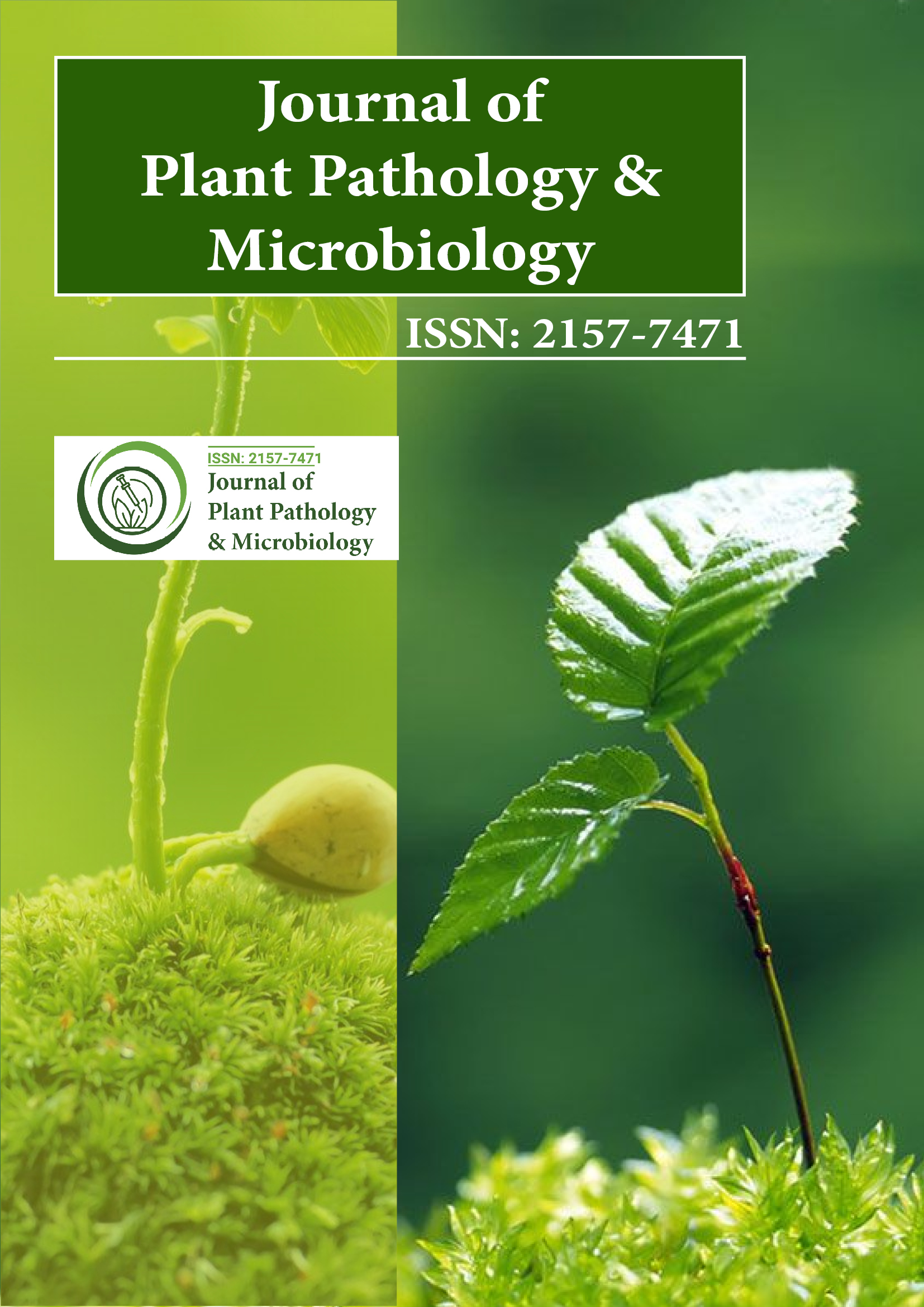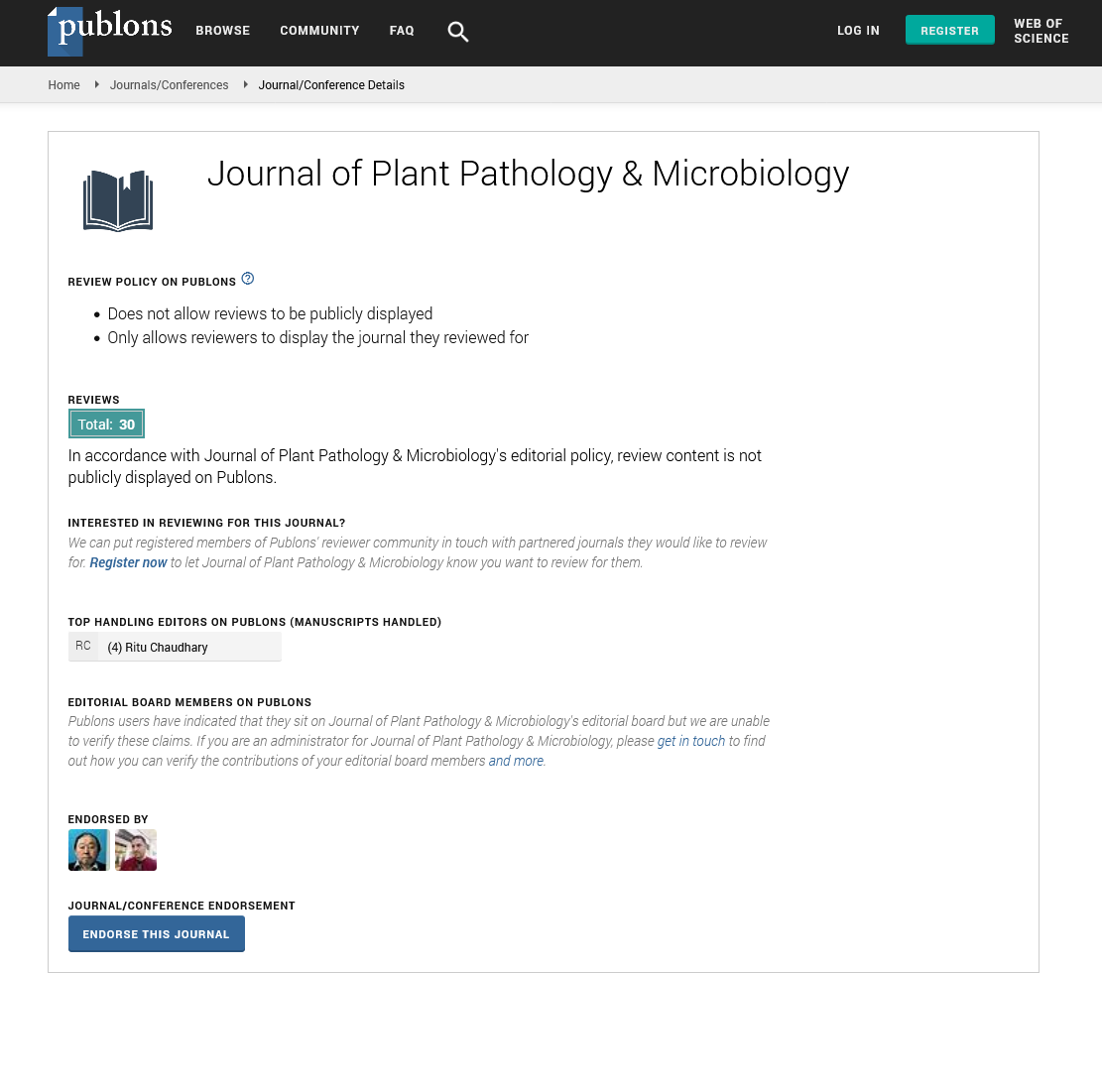Indexed In
- Open J Gate
- Genamics JournalSeek
- Academic Keys
- JournalTOCs
- CiteFactor
- Ulrich's Periodicals Directory
- Access to Global Online Research in Agriculture (AGORA)
- Electronic Journals Library
- Centre for Agriculture and Biosciences International (CABI)
- RefSeek
- Directory of Research Journal Indexing (DRJI)
- Hamdard University
- EBSCO A-Z
- OCLC- WorldCat
- Scholarsteer
- SWB online catalog
- Virtual Library of Biology (vifabio)
- Publons
- Geneva Foundation for Medical Education and Research
- Euro Pub
- Google Scholar
Useful Links
Share This Page
Journal Flyer

Open Access Journals
- Agri and Aquaculture
- Biochemistry
- Bioinformatics & Systems Biology
- Business & Management
- Chemistry
- Clinical Sciences
- Engineering
- Food & Nutrition
- General Science
- Genetics & Molecular Biology
- Immunology & Microbiology
- Medical Sciences
- Neuroscience & Psychology
- Nursing & Health Care
- Pharmaceutical Sciences
Commentary Article - (2024) Volume 15, Issue 4
Light-Regulated Controlled Mechanisms in Plant Immunity against Pathogenic Infections
Jaya Krishna*Received: 28-Nov-2024, Manuscript No. JPPM-24-28278; Editor assigned: 02-Dec-2024, Pre QC No. JPPM-24-28278 (PQ); Reviewed: 16-Dec-2024, QC No. JPPM-24-28278; Revised: 23-Dec-2024, Manuscript No. JPPM-24-28278 (R); Published: 30-Dec-2024, DOI: 10.35248/2157-7471.24.15.738
Description
Light plays a fundamental role in regulating plant immunity acting as both a signaling cue and an energy source for defensive responses against pathogenic infections. As plants rely on light for photosynthesis its influence extends beyond metabolism to shape their interaction with pathogens through light-regulated mechanisms. These processes are critical for the timely activation of defense pathways balancing resource allocation between growth and immune responses. Light perception by plants begins with photoreceptors that detect specific wavelengths including blue red far-red and ultraviolet light. These photoreceptors such as cryptochromes phytochromes and UVR8 act as molecular switches linking environmental light conditions to changes in gene expression and physiological processes. Upon activation these photoreceptors interact with downstream signaling networks that influence immune responses. For instance, phytochromes which detect red and far-red light modulate plant immunity by affecting the stability and activity of transcription factors involved in defense signaling.
One way light influences plant immunity is by regulating the production and signaling of phytohormone. Hormones such as Salicylic Acid (SA), Jasmonic Acid (JA) and Ethylene (ET) are central to the plant’s immune response. SA is typically associated with resistance against biotrophic pathogens while JA and ET mediate defense against necrotrophs and herbivores. Light modulates the biosynthesis and signaling pathways of these hormones ensuring their coordinated action in response to infection. For example studies have shown that red light enhances SA biosynthesis and signaling amplifying the defense response against biotrophic pathogens. Light also influences the expression of Pathogenesis-Related (PR) genes which encode proteins with antimicrobial properties. The activation of these genes is tightly linked to light conditions as shown by experiments where the absence of light dampened PR gene expression and weakened plant resistance. This relationship highlights the role of light as a key environmental signal that primes plants to respond more effectively to pathogenic threats during daylight hours when infections are more likely to occur due to favorable conditions for pathogen activity. Another critical aspect of light-regulated immunity is the role of Reactive Oxygen Species (ROS) and other secondary metabolites. Light enhances the production of ROS through photosynthesis and the activation of specific enzymes like NADPH oxidases.
These ROS serve as signaling molecules that trigger defense responses including localized cell death to contain the spread of pathogens. Light-dependent pathways also regulate the synthesis of antimicrobial compounds such as flavonoids and phytoalexins which act directly against pathogens or strengthen plant cell walls to prevent entry. Stomatal regulation is another lightmediated mechanism that contributes to immunity. Stomata are natural entry points for pathogens and their opening and closing are influenced by light intensity and quality. Under sufficient light plants optimize stomatal closure to prevent pathogen invasion while maintaining gas exchange for photosynthesis. This dynamic response exemplifies how light enables plants to integrate immunity with physiological demands. Light conditions also influence Systemic Acquired Resistance (SAR) a whole-plant defensive state triggered by localized infections. SAR relies on the movement of signaling molecules such as methyl salicylate from the infection site to distal tissues activating a robust immune response. Light enhances SAR by promoting the expression of key SAR-related genes and facilitating the longdistance signaling required for systemic defense.
Despite the protective role of light in plant immunity excess light or prolonged exposure to ultraviolet radiation can induce stress potentially weakening plants and making them more susceptible to pathogens. This dual role of light as both a promoter of defense and a source of stress underscores the need for finely tuned mechanisms that balance these effects. In natural and agricultural systems understanding light-regulated plant immunity offers insights into developing sustainable crop protection strategies. Optimizing light conditions through controlled environments intercropping or artificial lighting systems may enhance plant defenses without the need for chemical inputs. Moreover integrating light signaling with genetic and molecular approaches could lead to the development of crops with improved resistance to pathogens while maintaining productivity.
Citation: Krishna J (2024). Light-Regulated Controlled Mechanisms in Plant Immunity against Pathogenic Infections. J Plant Pathol Microbiol. 15:738.
Copyright: © 2024 Krishna J. This is an open access article distributed under the terms of the Creative Commons Attribution License, which permits unrestricted use, distribution, and reproduction in any medium, provided the original author and source are credited.

